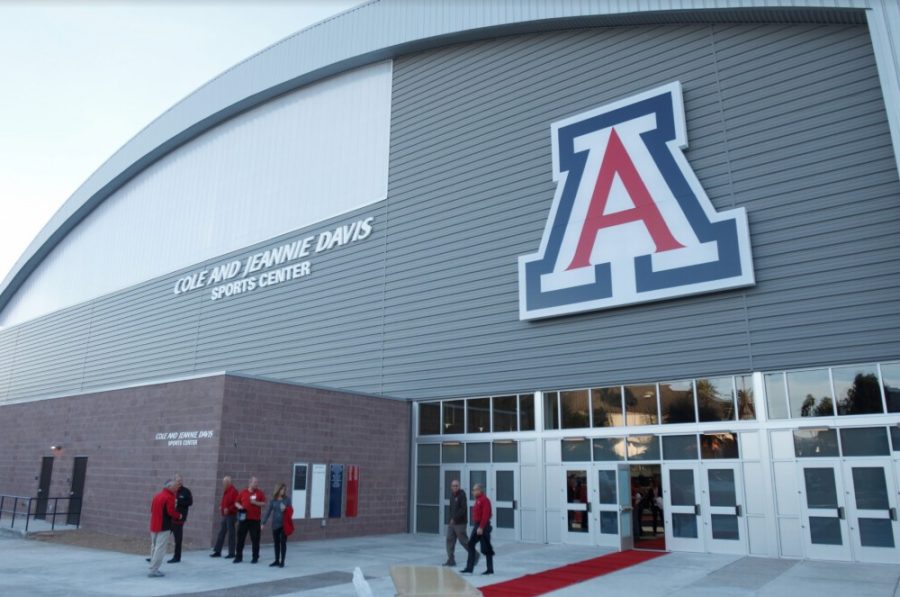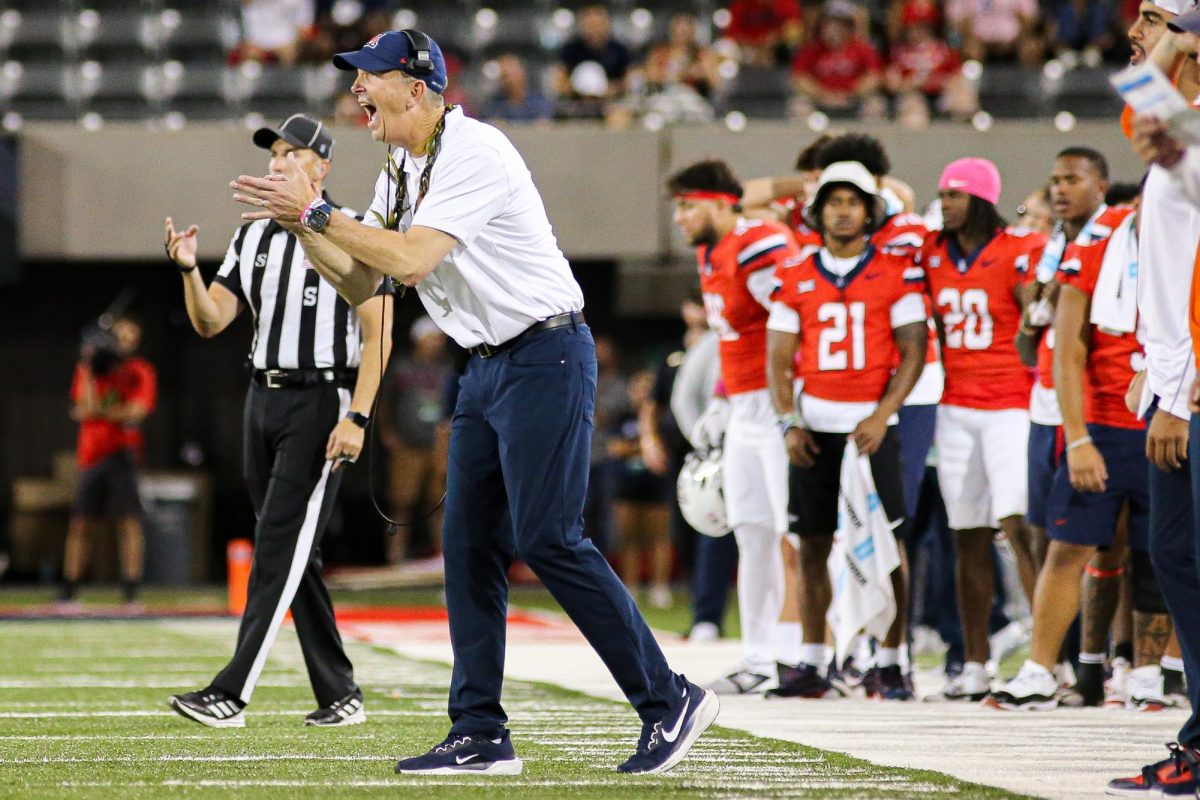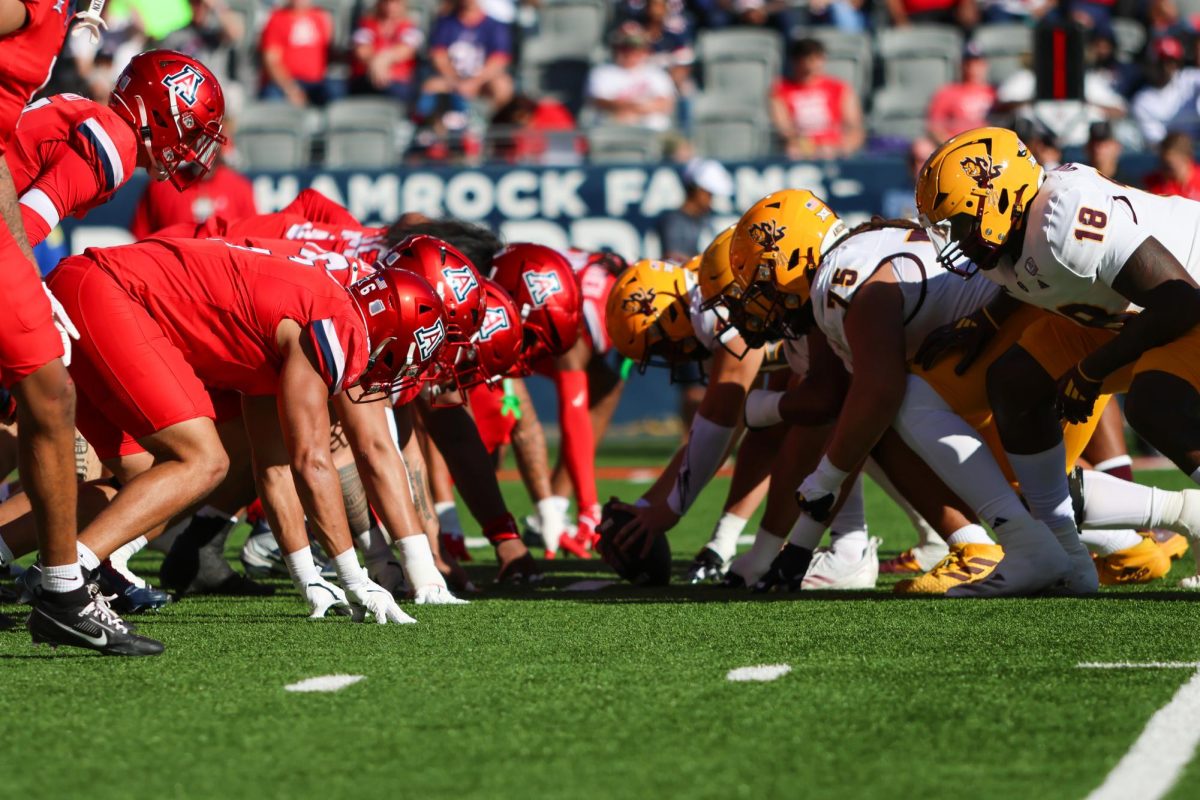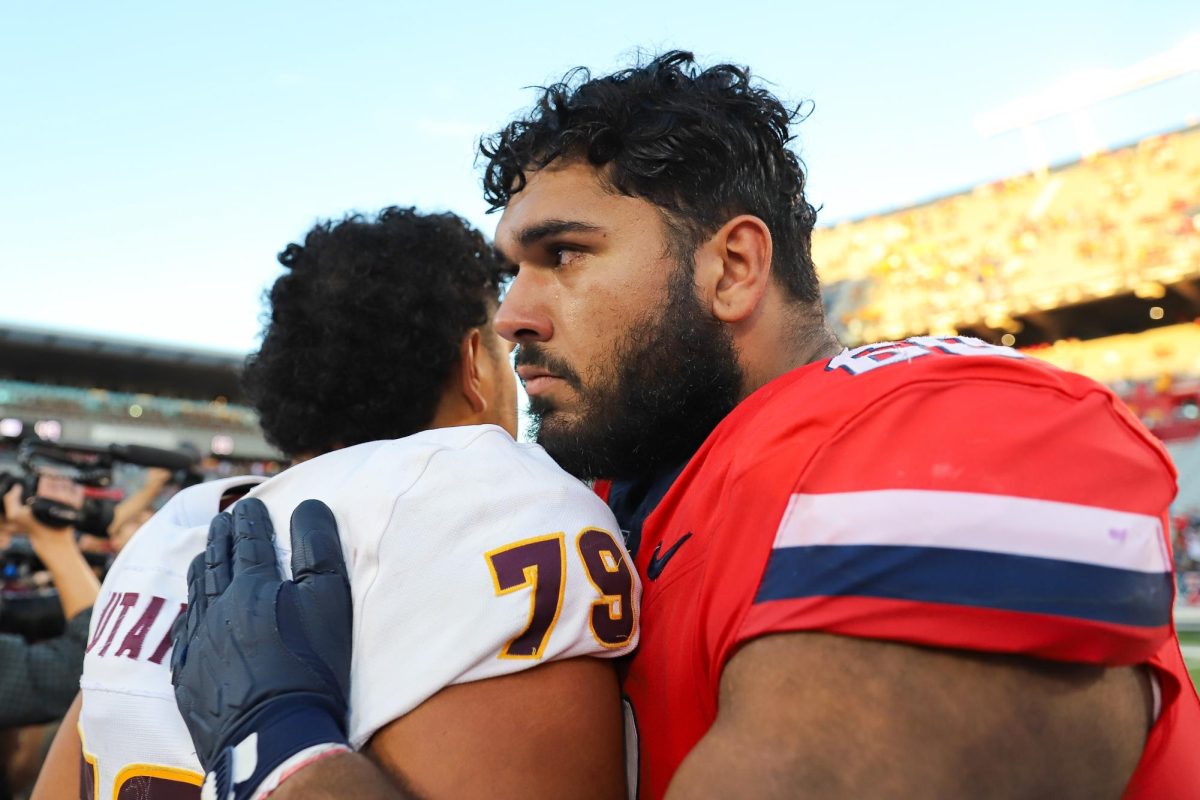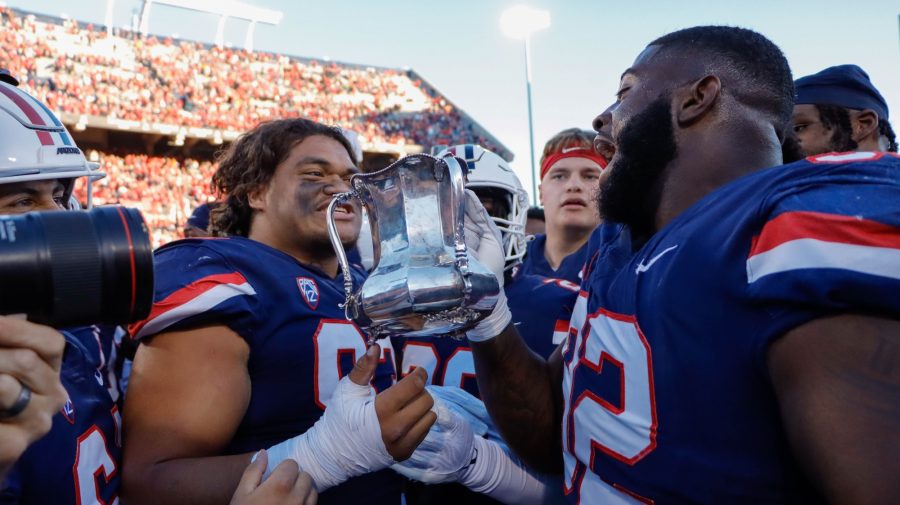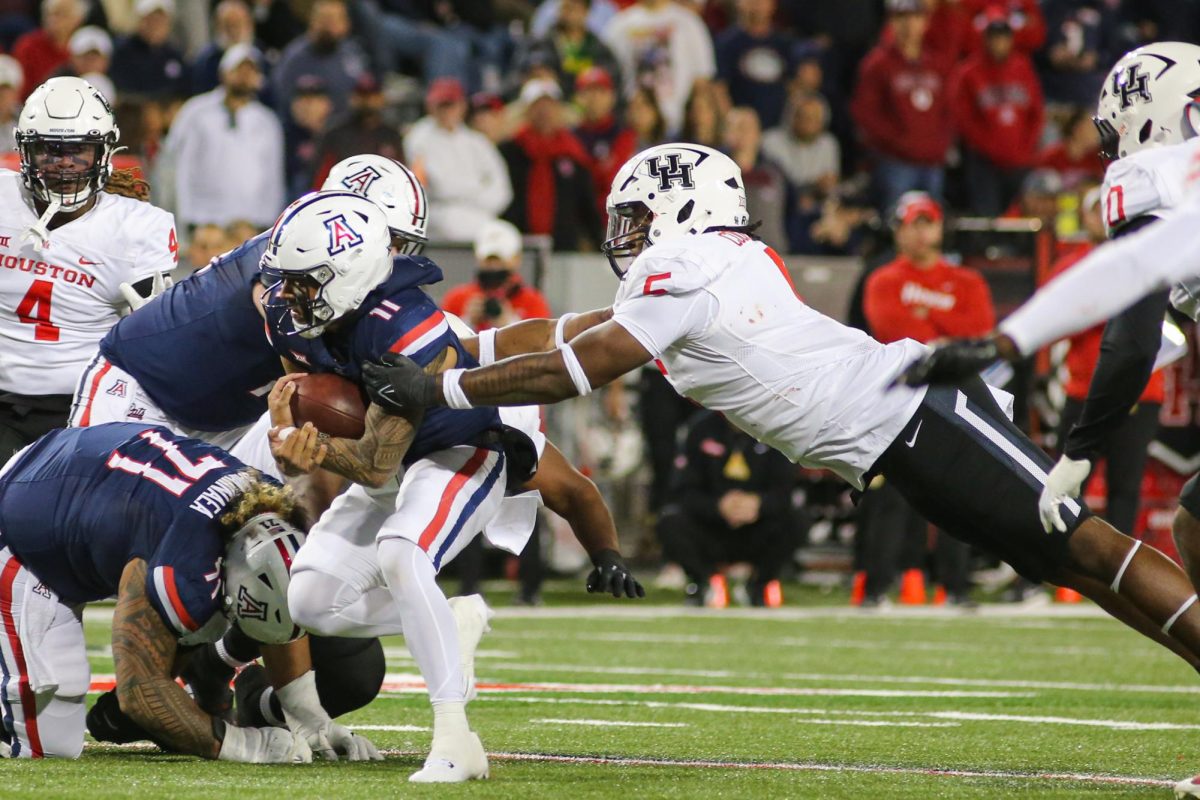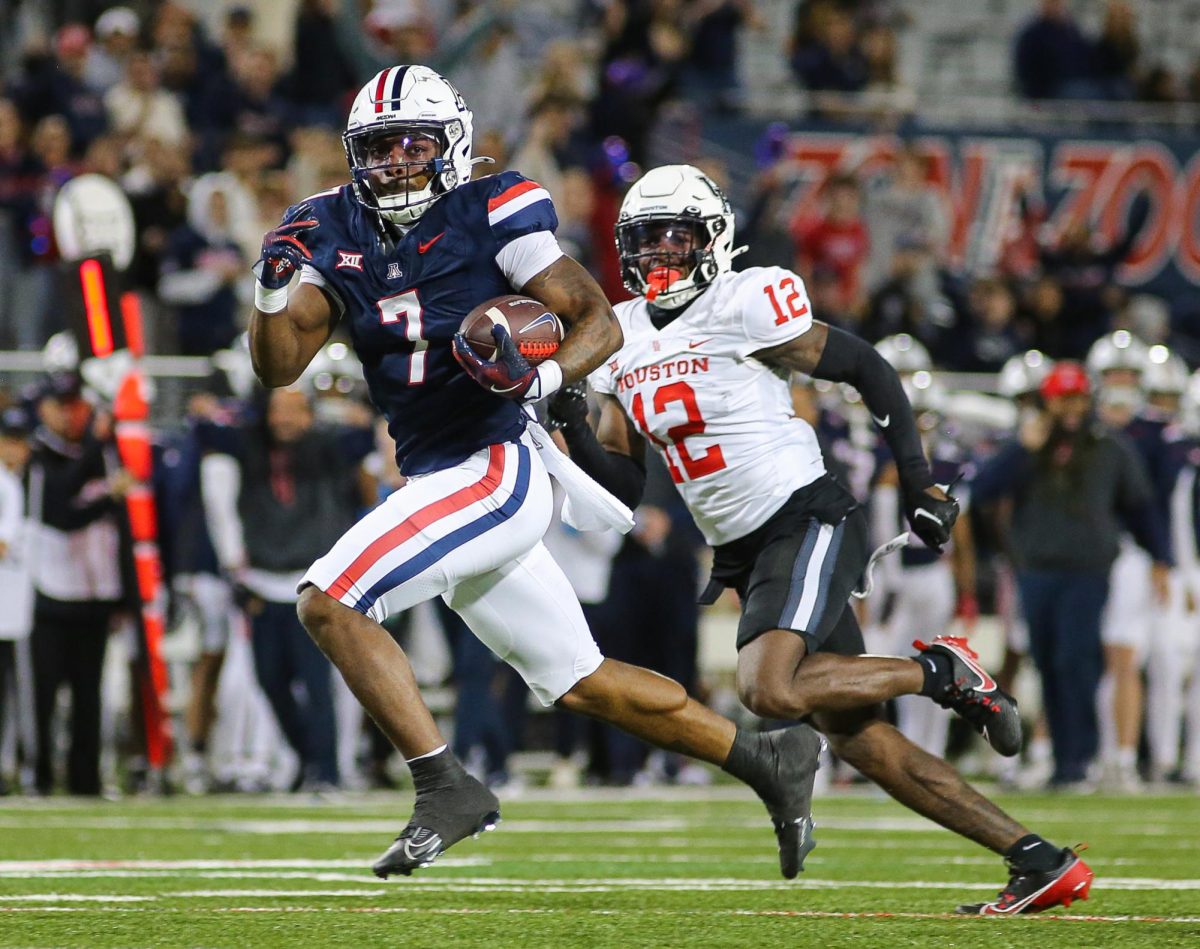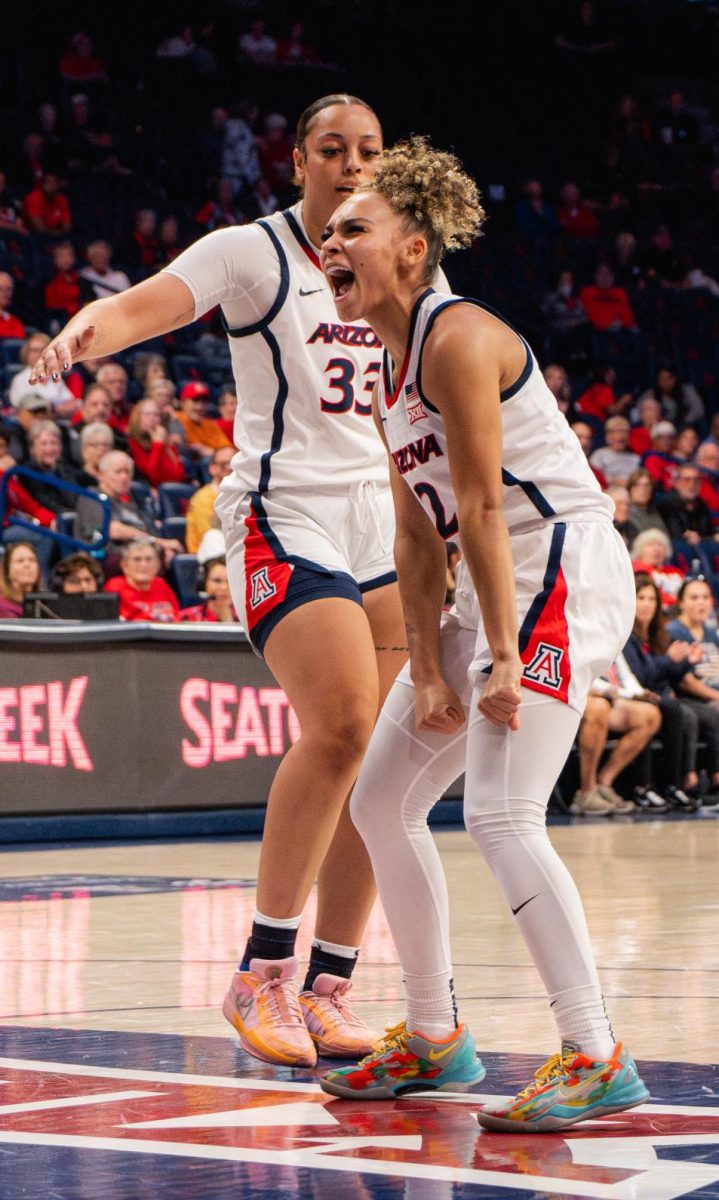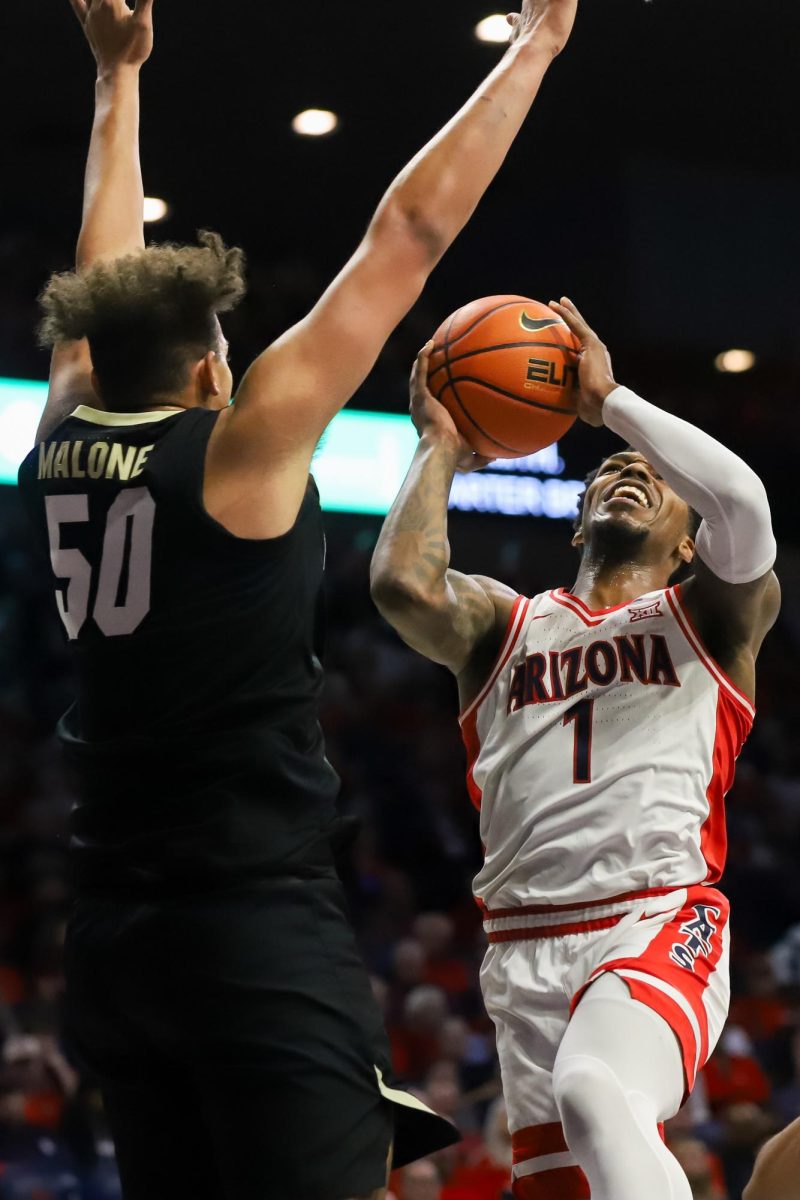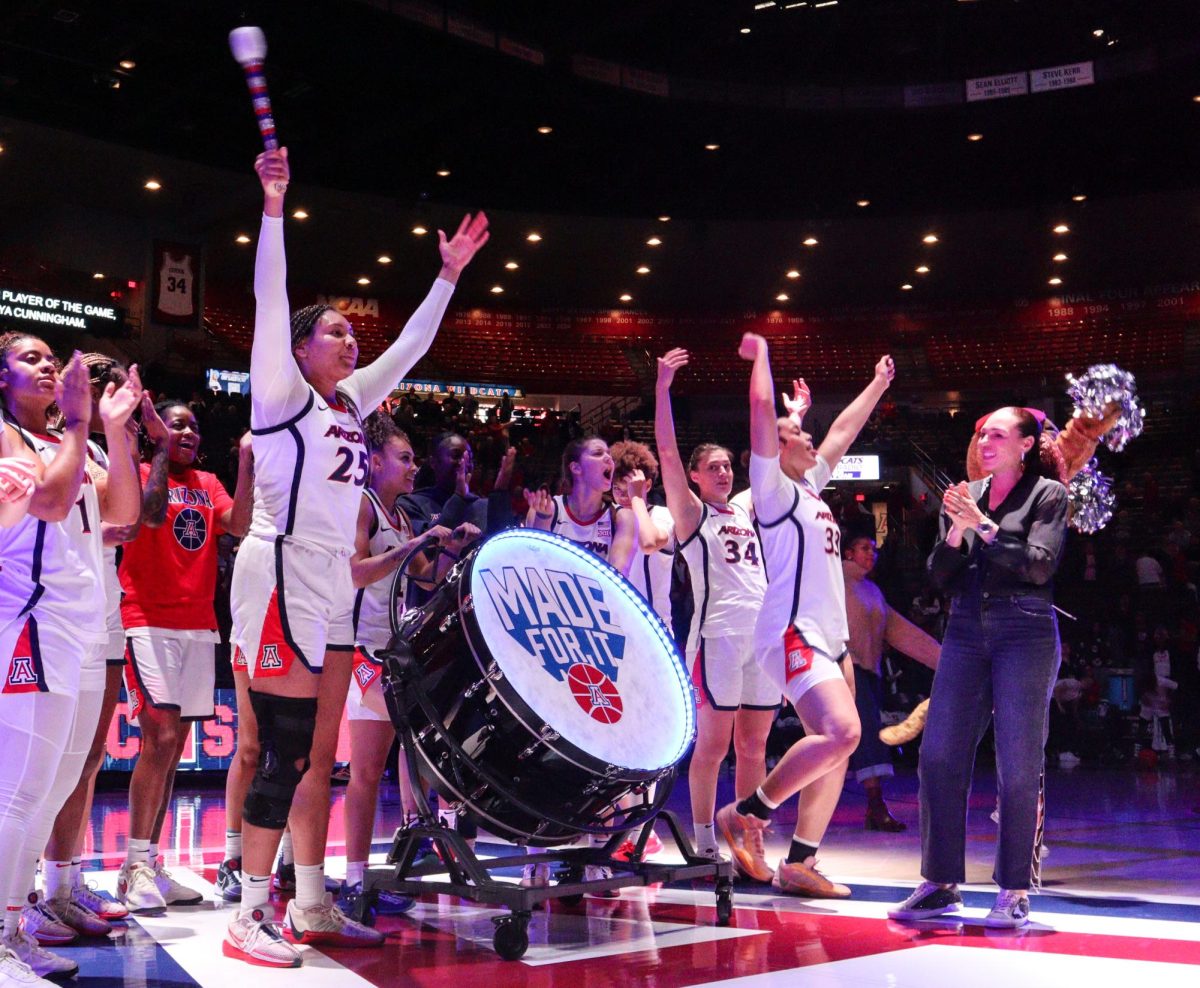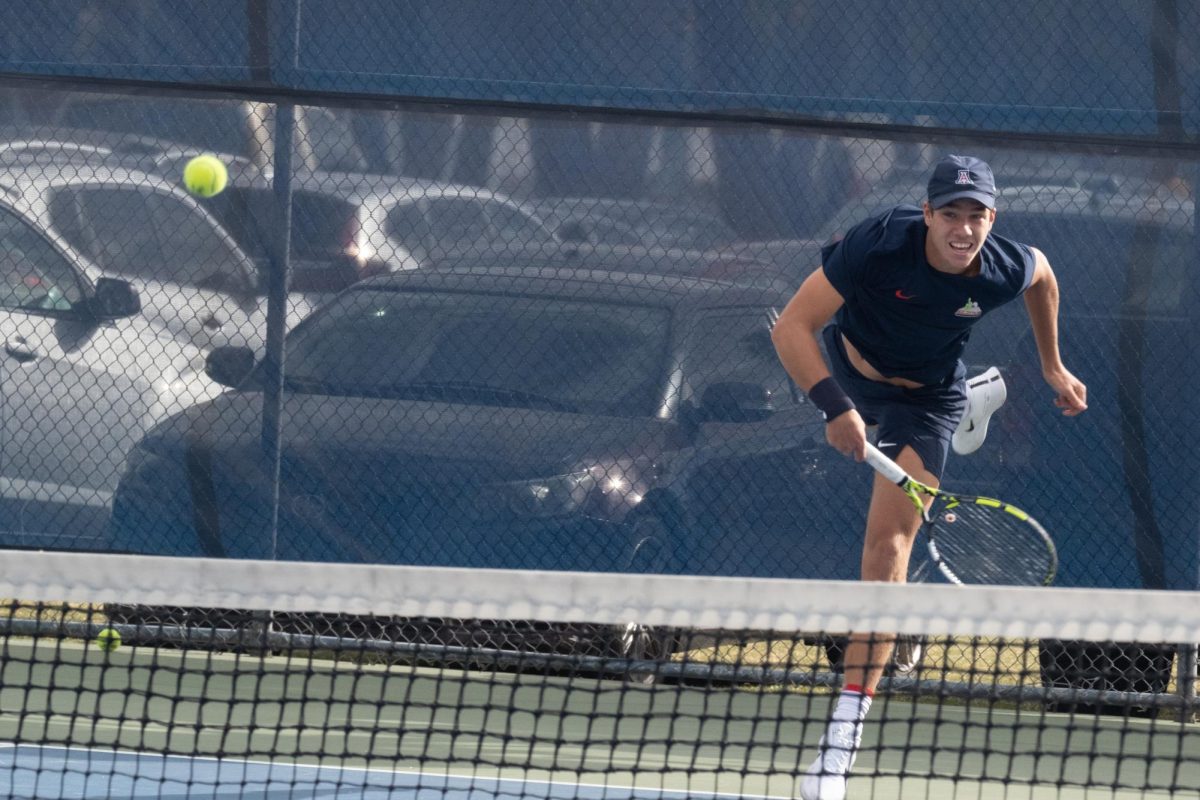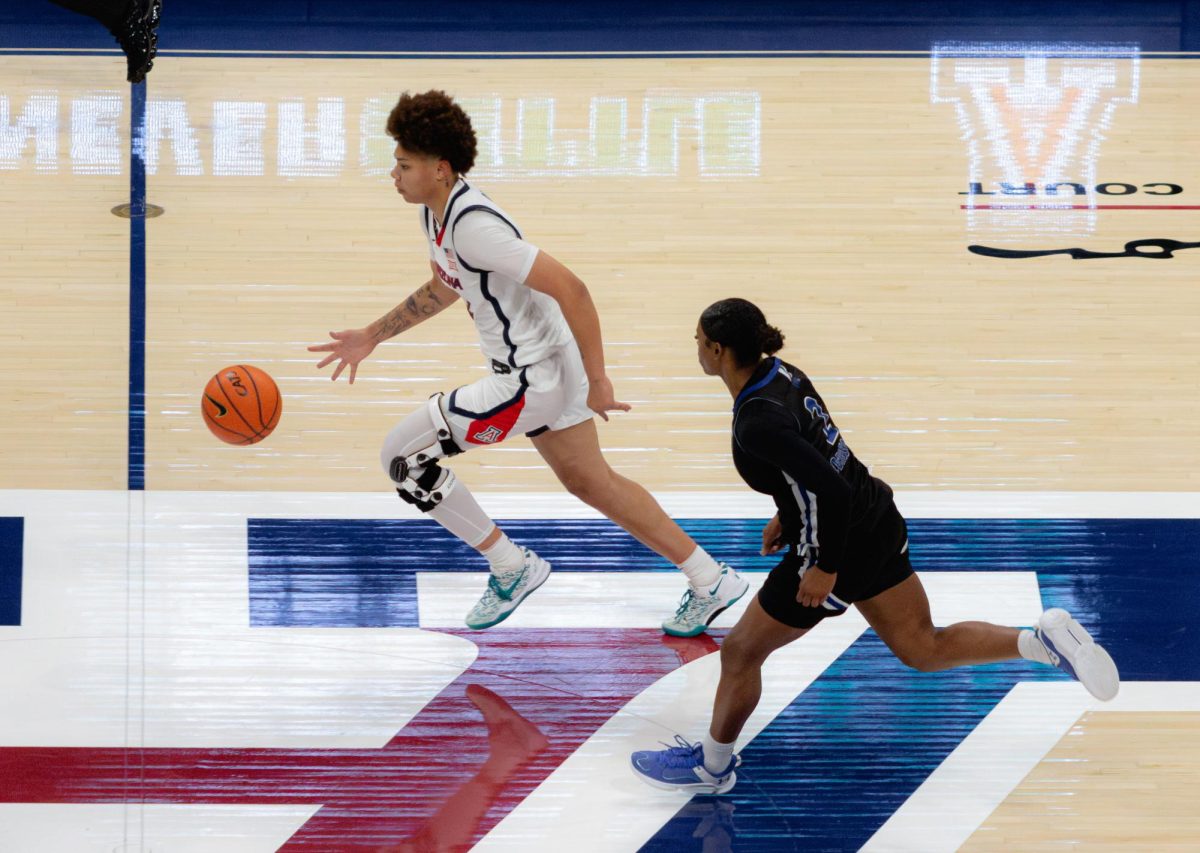The University of Arizona athletic department is preparing to bring its student-athletes back to campus beginning on June 15. UA athletic director Dave Heeke and Dr. Stephen Paul of C.A.T.S. Medical Services held a virtual press conference on Thursday where they laid out the universities’ reentry plan for its student-athletes.
The reentry plan consists of three stages with each stage containing four phases. Student-athletes will be placed in “pods” consisting of 10 or fewer people and will remain together throughout the entire reentry process.
“I like to think of these pods as a bubble,” Paul said. “If we can keep everybody in that bubble and limit the contacts away from that, we can all move forward and limit the chance of anybody getting infected.”
Each student-athlete will take an antibody test on arrival followed by daily wellness checks that include taking their temperature and screenings looking for symptoms of COVID-19.
RELATED: What are the different tests for COVID-19 and how do they work?
Beginning on Monday, June 15, student-athletes will be divided into their pods and report to Arizona Stadium at their designated times. All student-athletes will be given personal training kits that include hydration, hand-sanitizer and a facial covering.
They will then enter the stadium where they will begin their scheduled workout, spread out 15 feet apart from each other on the field and work out with the team trainers. The student-athletes will then leave the stadium and go through a “grab-and-go” station, picking up food on the way out. Staff will then clean the facility and allow the next group to enter. Heeke says that the goal is to increase the number of student-athletes and groups coming in as the protocol continues.
Here is a working copy of the athletic department’s reentry schedule as of now.
- June 15 – Football (20 players)
- June 22 – Football (30 players)
- June 29 – Football (30 players)
- July 6 – Football Newcomers (TBD)
- July 13 – Soccer (TBD) and Volleyball (TBD)
- July 20 – Soccer (TBD) and Volleyball (TBD)
- July 27 – Men’s basketball (TBD) and women’s basketball (TBD)
- August 3 – Cross Country (TBD) and other sports (TBD)
- Football practice starts
- Soccer practice starts
- Volleyball practice starts
Here are a transcript and a few highlights from the rest of the press conference.
Paul on if a student-athlete tests positive for COVID-19 while on campus: “It depends on the testing. If they get tested [positive] before entry, that means previous exposure and we have protocols based on the [Centers for Disease Control and Prevention] for that. If they are negative initially and all of the sudden they test positive, that really starts to alert us of our other parameters of treat and trace so those will kick in pretty aggressively. The beauty of our system is that we keep people in these bubbles so we can absorb a test — a positive test — and isolate and protect that person and the people in that pod while we trace and address that positive test.”
Paul on how the protocols will be enforced once teams begin to practice in larger groups: “We already have plans that we’ve made, assuming that we move forward in a safe way. We understand that a sport like football or soccer or volleyball, they are considered a high risk [sports] because they’re going to have close contact and probably not going to play with masks since you can’t put a mask on a helmet and safely play. They’re going to be tested more frequently. They’ll be tested weekly and the expectation is that we’ll have safety measures in place through testing to make sure people are as safe as possible for competition in these high-risk sports.”
Heeke on if there is an option for student-athletes who aren’t comfortable with returning back to campus as case numbers continue to rise: “Right now, it’s completely voluntary. Any student-athlete that does not want to return to the campus or return to Tucson, that is certainly their decision. As we go forward and learn more about the status, we will continue to allow students to make those decisions that are in their best interest. We would respect that if they were unable to return or not able to return. We would respect that.”
Heeke on the possibility of allowing fans to attend sporting events: “We have not established a capacity. We are not at a point to do that. We’re definitely studying what we can and how we would do it and the types of guidelines and protocols that would be in place all throughout an athletic event if fans were to enter the space but we are not at a point where we really know. We’re focusing on how we would do it and what we can do. If we can get to 50 [percent capacity] or another number, we’ll get there but we’re not a point where we know what that’s going to be.”
Follow Jacob Mennuti on Twitter



